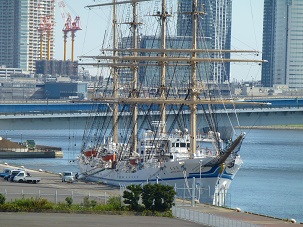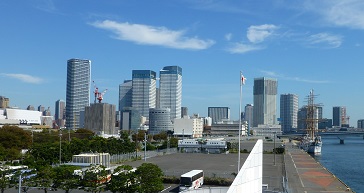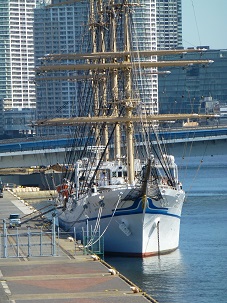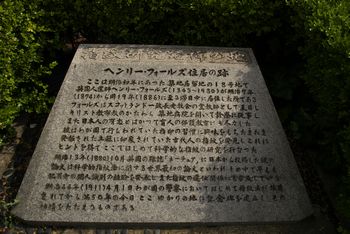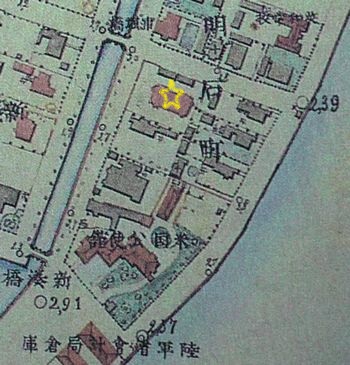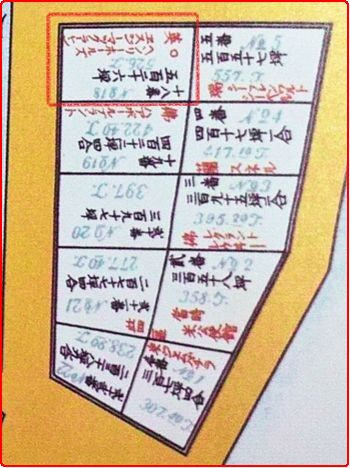One of the few in Chuo-ku
This is an introduction to Yanagi Kayo Clinic, a specialty clinic specializing in Chinese medicine.
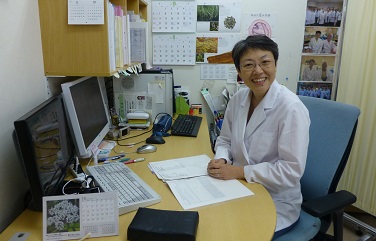 The location is located on the third floor of a building that walks a little toward Edobashi from the intersection of Nihonbashi Kaki shellcho 1-chome Tokanbori Street and Shin-ohashi-dori St.
The location is located on the third floor of a building that walks a little toward Edobashi from the intersection of Nihonbashi Kaki shellcho 1-chome Tokanbori Street and Shin-ohashi-dori St.
I'll ask you.
It is said that the hospital opened in 2008, when it became possible to add "Chinese medicine" to the medical department advocacy (*).
Mr. Kayo Yanagi
He worked as an anesthesiologist at Osaka University Hospital for a long time and earned a doctorate, but he met Chinese medicine ten years ago and became able to understand long-standing questions about Western medicine.
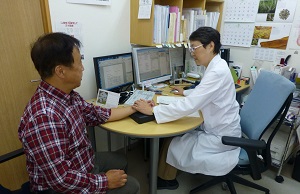
Chinese medicine doesn't deny Western medicine, but wants you to use it together to "take good things."
You look at the whole person in Chinese medicine, and your body heals yourself, and in that case you have to improve your lifestyle. And if Chinese medicine could help heal the whole body. You said.
What are the characteristics of Chinese medicine? : I examine each person and make a different prescription for the same illness and symptoms.
"The same disease" That's right.
The teacher himself was also in Chinese medicine, and since he recovered his health, he has been more and more involved in the charm of Chinese medicine.
For patients who have no abnormalities in the test, but are somehow in poor physical condition or suffer from atopic, allergies, diabetes, etc.
I hope you will feel free to contact us.
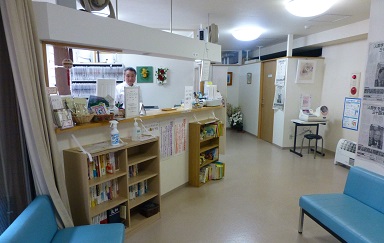
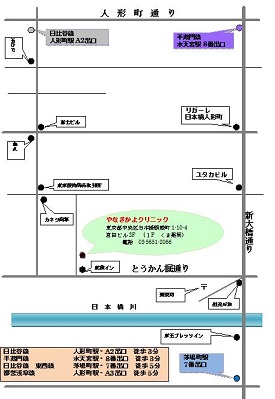
How to make a reservation, etc. (Actually, I am also a patient at our clinic.)
I couldn't feel well, so I decided to have a medical examination at "Yanagi Kayo Kuriniri Nic" in early spring.
When you call, you need to make a reservation, and before that, please fill out the medical questionnaire in detail. After filling out the form, send it to our hospital
On the day, the teacher looked seriously at the contents filled out, and asked me, about 40 minutes that time. After receiving a prescription, I go to the hospital about once a month. From the second time, the medical hours will be completed in about 15 minutes.
"Thanks to you, it's completely recovered now. I can't catch the case.
"Don't drink cold things, get up early," may have been good to follow the instructions. )
Address 1-10-4 Nihonbashi Kaki shellcho, Chuo-ku Miyata Building 3F (Friday, Sundays, holidays)
TEL: 03-5651-2066
Note: What is Advocation?
Medical subjects that are indicated and advertised by the "Medical Law Enforcement Order".
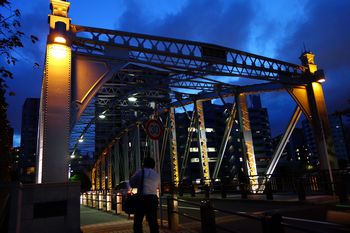
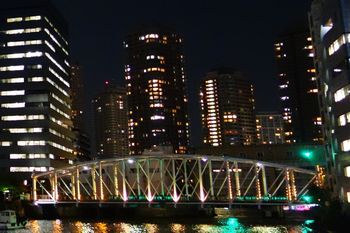
 The location is located on the third floor of a building that walks a little toward Edobashi from the intersection of Nihonbashi Kaki shellcho 1-chome Tokanbori Street and Shin-ohashi-dori St.
The location is located on the third floor of a building that walks a little toward Edobashi from the intersection of Nihonbashi Kaki shellcho 1-chome Tokanbori Street and Shin-ohashi-dori St.


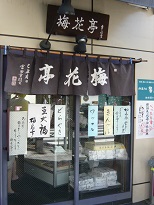
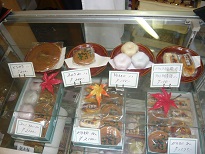
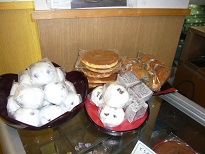
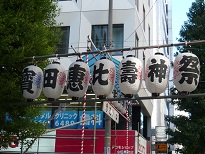
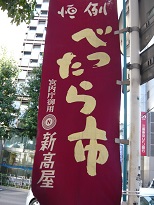
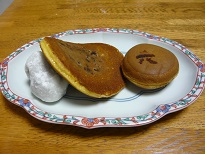
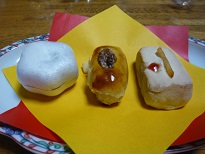
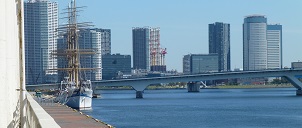 On Saturday morning, a large sailing ship was anchored while walking at Harumi Wharf.
On Saturday morning, a large sailing ship was anchored while walking at Harumi Wharf.